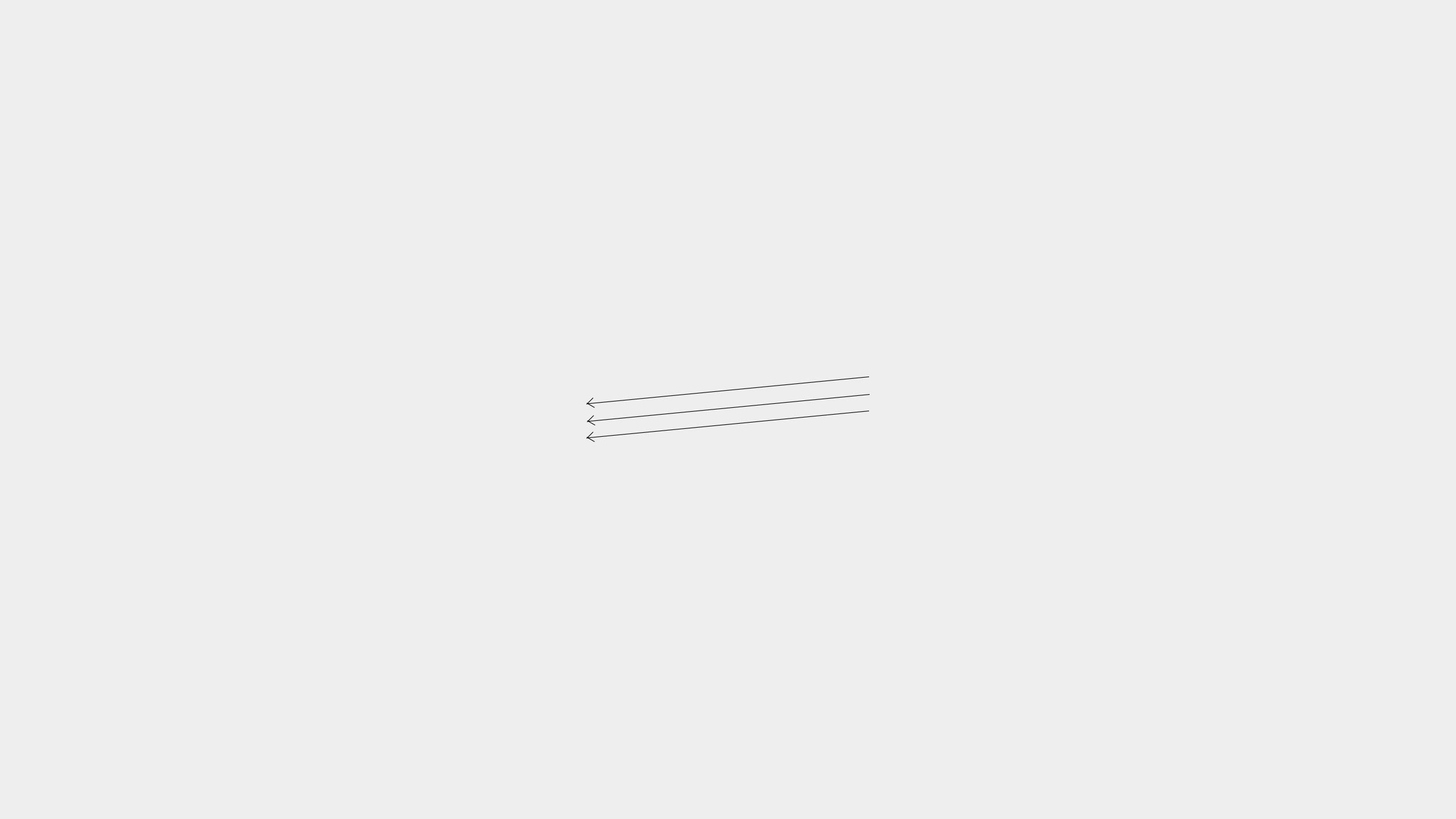The body that is beyond skin, networked, posthuman, immaterial, fluid, complex, mobile, multiple, affective, and enacted requires a reconsideration of the tools and methods we use for studying the body in motion. The challenge extends beyond merely “imagining a fluid, ever-changing body, a body containing turbulence and instability, in constant motion” (Martin, 2000: 123).” The provocation guiding this research is the development of empirical research tools that puts theory into practice.
Researchers studying mobilities have made significant contributions in this area by the use of technologies for movement capture, offering the researcher a pre-reflexive first-person experience. Justin Spinney (2011) uses video for understanding cycling behaviors, using the camera to capture fleeting moments and rhythms that might otherwise get lost in a retelling. Sarah Pink (2007) similarly uses video as a tool for sharing corporeal experiences of the body in motion, building on the rich anthropological practice of walking with others.
While video methods offers in-roads into specific sensory qualities of movements of the here-and-now, the method’s weakness is in reproducing the perspective that bodily movement is situated in the physicality of the body. It also reinforces the notion that movement is something we can see with our eyes (or with seeing technologies). These technologies can distance us from asking and listening, from considering what it might mean to move. In Manning’s (2007: xii) work on the senses, she argues, “The challenge when working with the sense is to not presuppose that we already know what it means to sense.” Similarly, the challenge in studying bodies in motion is to not assume we know what movement is and what it means to be in motion.
Conducting Movements attempts to explore how researchers can use choreographic techniques to understand the aging body in motion. It intends to extend the notion of the body in motion beyond the visible. In doing so, it hopes to engender new areas of research.
